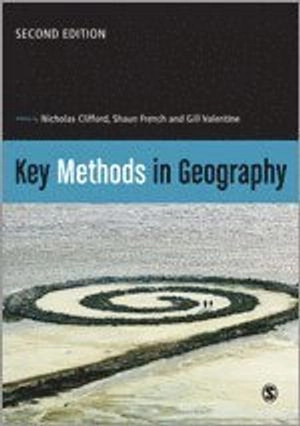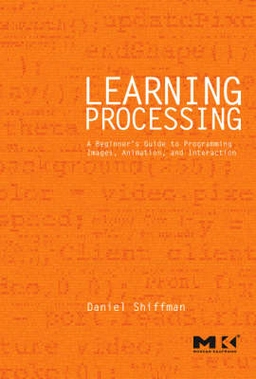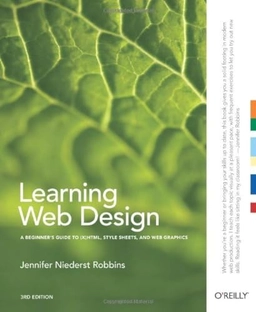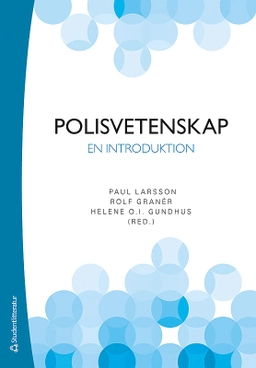"Its range is far broader than the majority of methods texts, being concerned with both human and physical geography... Given the seriousness with which Key Methods in Geography approaches all aspects of research, it will continue to find wide favour among undergraduate geographers."
- Times Higher Education Textbook Guide
"All geographers, whatever their interest, need to do research. This book will help them get started in the best possible way, with thoughtful advice on everything from project design, through choice of methods, to data analysis and presentation. The editors have assembled an impressive array of authors, all experts in their chosen field."
- Tim Burt, University of Durham
"Excellent book. Valuable teaching aid. Well written and covers a wide range of methods thoroughly."
- Sue Rodway-Dyer, Exeter University
"This is an excellent book and deals with a number of topics (which I teach) outside of the tutorial module where it is a recommended text for geographers. A very useful textbook throughout a 3 year Geography programme."
- Ian Harris, Bangor University
Key Methods in Geography is an introduction to the principal methodological issues involved in the collection, analysis and presentation of geographical information. It is unique in the reference literature for providing an overview of qualitative and quantitative methods for human and physical geography.
An accessible primer, it will be used by students as a reference throughout their degree, on all issues from research design to presentation. This second edition has been fully revised and updated and includes new chapters on internet mediated research, diaries as a research method, making observations and measurements in the field, and the analysis of natural systems.
Organized into four sections: Getting Started in Geographical Research; Generating and Working with Data in Human Geography; Generating and Working with Data in Physical Geography; Representing and Interpreting Geographical Data; each chapter comprises:
A short definition
A summary of the principal arguments
A substantive 5,000-word discussion
Use of real-life examples
Annotated notes for further reading.
The teaching of research methods is integral to all geography courses: Key Methods in Geography, 2nd Edition explains all of the key methods with which geography undergraduates must be conversant.
Åtkomstkoder och digitalt tilläggsmaterial garanteras inte med begagnade böcker





















